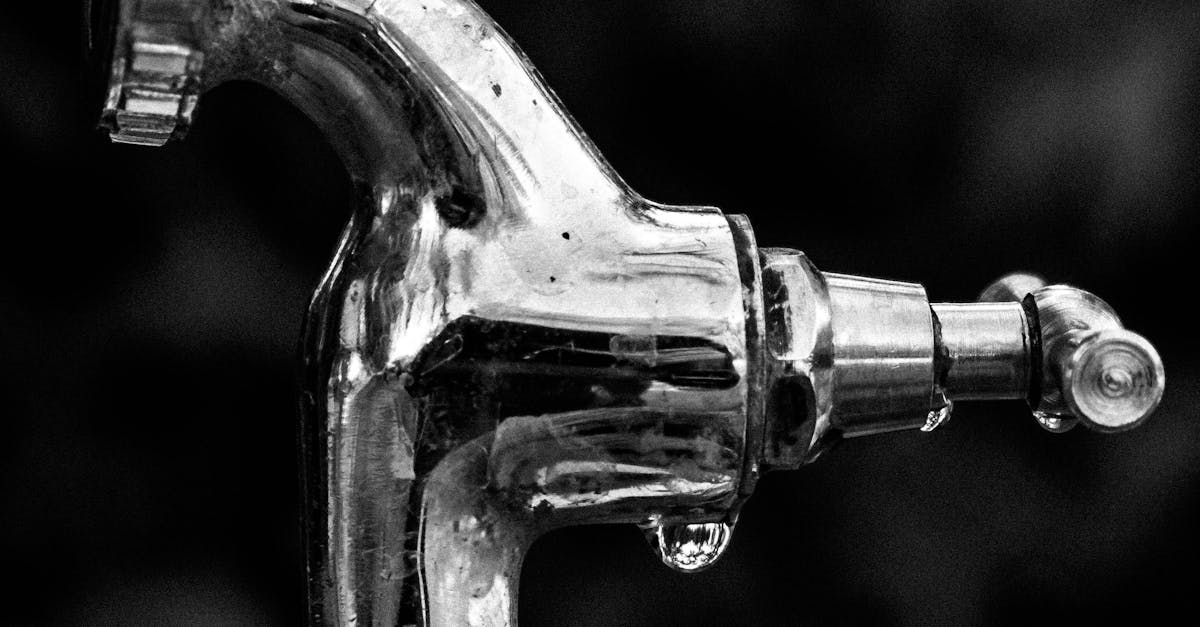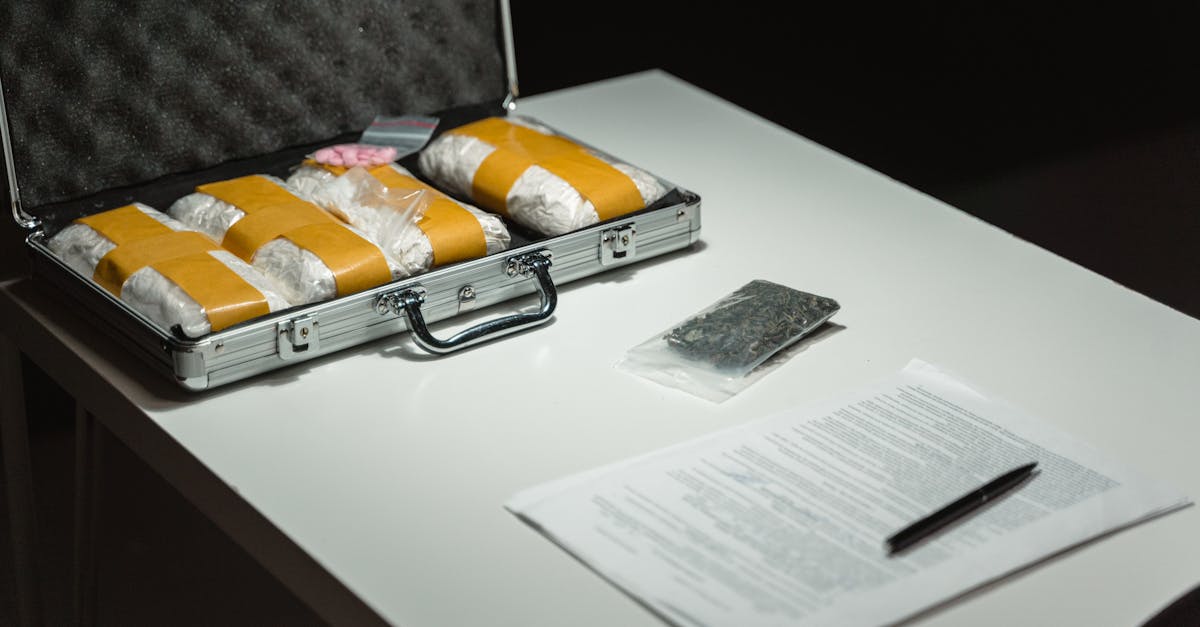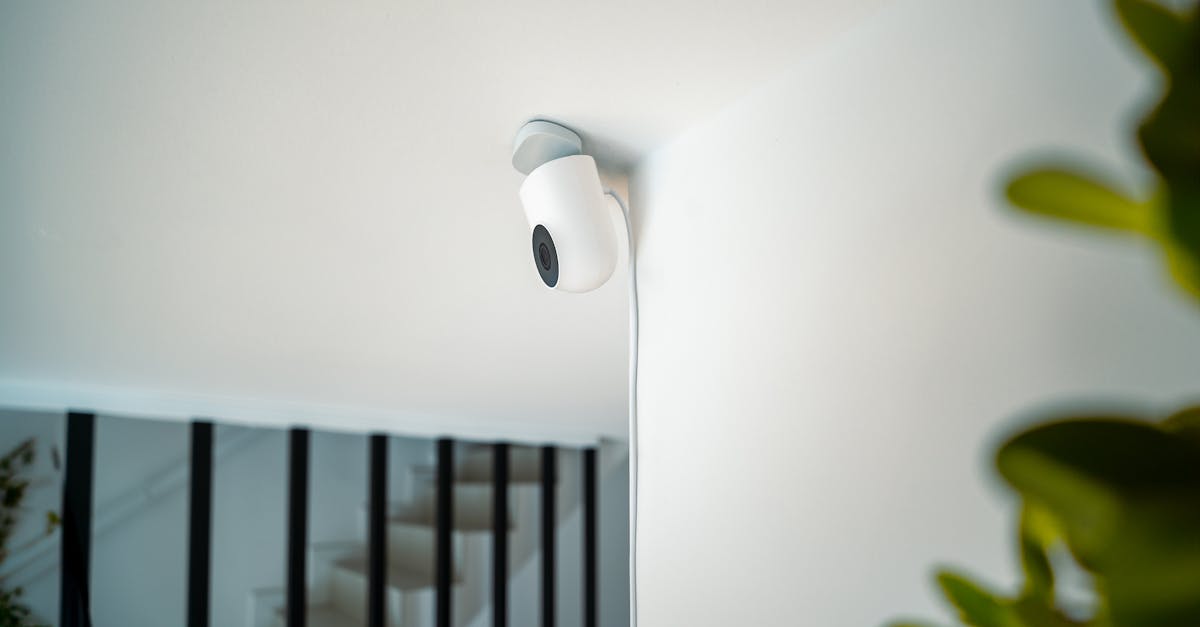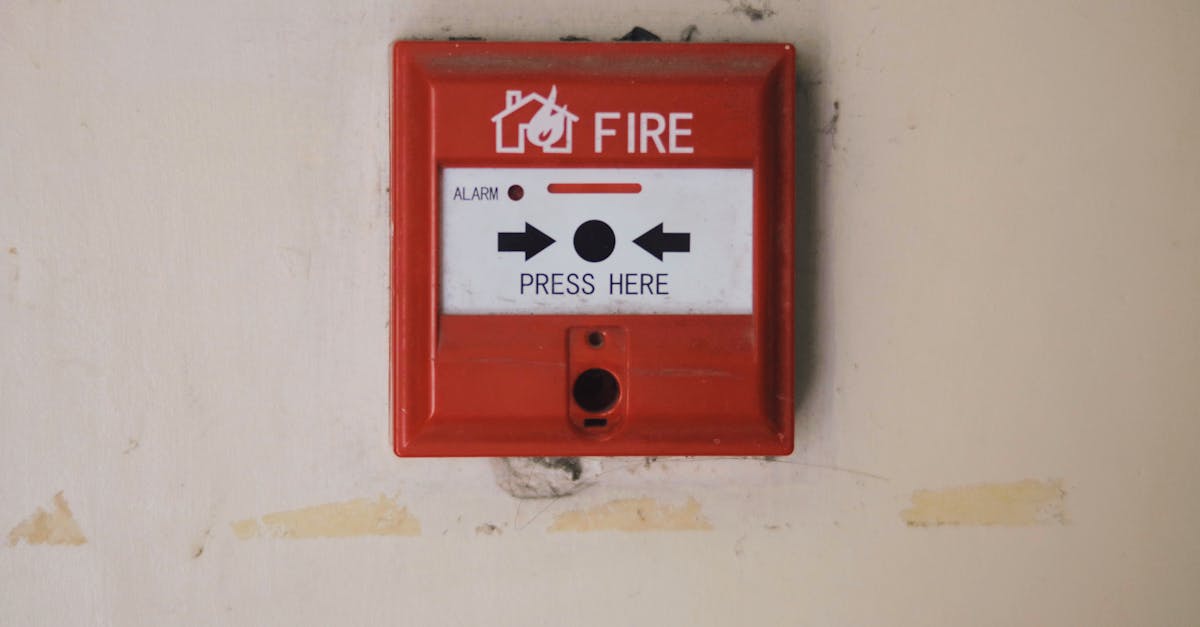
Table Of Contents
Time Sensitivity in Leak Detection
Leak detection and repair often require immediate attention due to the potential for significant damage. Delays in addressing leaks can lead to extensive water damage, structural issues, and even mould growth. The urgency not only raises the stakes but also increases the costs associated with the service. Professionals must prioritise quick response times, which often includes overtime work or allocating additional resources to ensure the job is done promptly.
The time-sensitive nature of leak detection also results in the need for specialised equipment and skilled technicians, further driving up costs. Rapid detection methods, including advanced technology like thermal imaging and acoustic sensors, come at a premium. When businesses or homeowners require swift intervention, they are often faced with higher fees due to the complexity and urgency involved in leak detection and repair.
How Urgency Affects Pricing
In situations where a leak is reported, the need for a rapid response often elevates the costs associated with leak detection and repair. When leaks are detected early, they may be easier and less costly to address. However, delays in reporting can lead to serious structural damage or increased water wastage, prompting a quicker mobilisation of skilled technicians armed with specialised equipment. This urgency translates directly into higher prices, as service providers must prioritise these time-sensitive jobs over routine maintenance or less critical issues.
Additionally, during peak demand periods, such as heavy rainfall or natural disasters, the urgency for leak detection and repair escalates. Companies may implement surge pricing strategies to manage the higher volume of requests while ensuring that resources are available. As a result, customers may find themselves paying a premium for immediate service. Such fluctuations in demand not only influence the cost of detection and repair but also dictate the availability of technicians, further adding to the financial implications of urgent leak-related situations.
Geographic Location Considerations
The cost of leak detection and repair varies significantly based on geographic location. Urban areas typically experience higher service costs due to increased overhead expenses associated with operating in densely populated regions. This can include factors such as higher rental prices for equipment storage, elevated transportation costs, and the necessity for specialised training that adapts to local regulations and standards.
In contrast, rural locations may offer more competitive pricing due to lower operational expenses. However, the availability of qualified technicians might be limited, potentially leading to delays in service. This disparity means that while one region may offer affordable leak detection and repair services, another might face challenges that drive up the cost due to logistical constraints and limited supply of skilled professionals.
Regional Differences in Service Costs
The cost of leak detection services can vary significantly depending on regional factors. Urban areas often experience higher service costs due to increased demand and operational overheads. In contrast, rural regions may offer more competitive pricing, though they can also face limitations in availability and the expertise of local technicians. This disparity illustrates how geographic location can directly influence the expense of both leak detection and repair.
Additionally, regions with a higher cost of living generally see inflated pricing for specialized services, including leak detection and repair. This can be attributed to various expenses such as staff wages and transportation costs. Areas prone to natural disasters or with stringent environmental regulations may have additional costs associated with ensuring compliance and safeguarding local ecosystems during repair efforts. Understanding these regional differences is crucial for budget planning when addressing leak issues.
Complexity of the Leak Scenario
The complexity of a leak scenario significantly impacts the cost associated with leak detection and repair. Various factors come into play, such as the type of infrastructure involved, the materials used, and the environment in which the leak is situated. For instance, leaks found in hard-to-access locations, like underground pipes or within walls, often require advanced technologies and specialised equipment for detection. The more intricate the situation, the more expertise is needed, driving up overall expenses for the service.
In addition to the physical aspects, the specific nature of the leak complicates matters further. Certain leaks may be intermittent or sporadic, making them harder to identify and requiring multiple visits or prolonged monitoring. Technical challenges may arise based on whether the leak is from a gas or liquid source, as each type necessitates different detection methods. As a result, leak detection and repair costs can escalate depending on how intricate and demanding the leak scenario is.
How Different Situations Influence Expenses
The complexity of a leak scenario significantly affects the overall expenses associated with leak detection and repair. When leaks occur in hard-to-reach areas or when multiple leaks exist simultaneously, the resources required for identification and resolution increase. Technicians often face additional challenges in assessing the situation, which can lead to longer labour hours and increased utilisation of specialised equipment. This escalation of effort directly translates to higher costs for property owners.
Different types of materials and systems can also dictate expenses related to leak detection and repair. For instance, leaks in older plumbing systems may necessitate more extensive work due to outdated materials and structures, leading to a rise in repair costs. Conversely, modern systems may allow for quicker diagnostics and repairs, reducing labour time and associated charges. These varying factors contribute to the overall financial implications of addressing leaks effectively.
FAQS
What factors contribute to the high cost of leak detection services?
The cost of leak detection services can be influenced by several factors, including the urgency of the situation, geographic location, and the complexity of the leak scenario. Each of these factors can significantly impact the pricing of the service.
How does urgency affect the pricing of leak detection?
Urgency can lead to higher prices as companies may need to prioritise immediate response over scheduled services. Emergency call-outs often incur additional fees due to the need for rapid mobilisation and extra resources.
Are leak detection costs the same across Australia?
No, leak detection costs can vary significantly across different regions in Australia. Factors such as local demand, the availability of service providers, and regional economic conditions can all influence pricing.
What makes some leak detection scenarios more complex and costly?
Complex scenarios may involve multiple potential leak sources, difficult access points, or specialised equipment requirements. Each added layer of complexity typically increases the time and resources needed for detection, which drives up the overall cost.
Can I reduce the cost of leak detection services?
Yes, you can potentially reduce costs by addressing issues promptly, maintaining regular inspections, and seeking multiple quotes from different service providers. Being proactive can help identify problems before they escalate and become more expensive to fix.





























